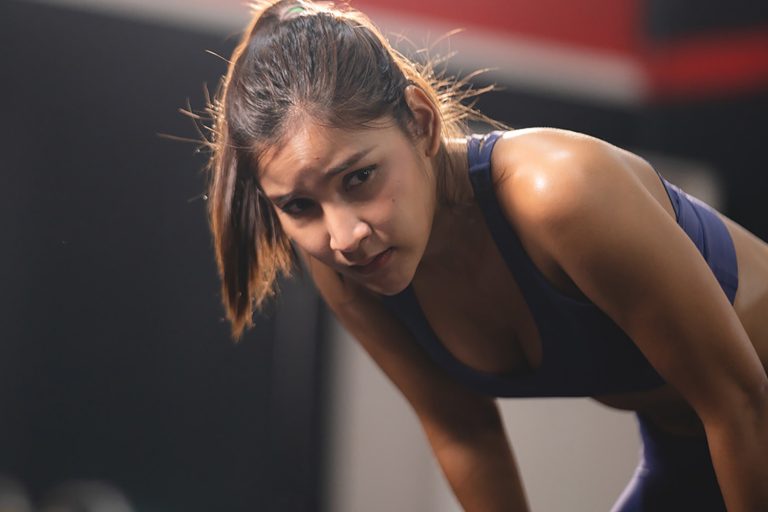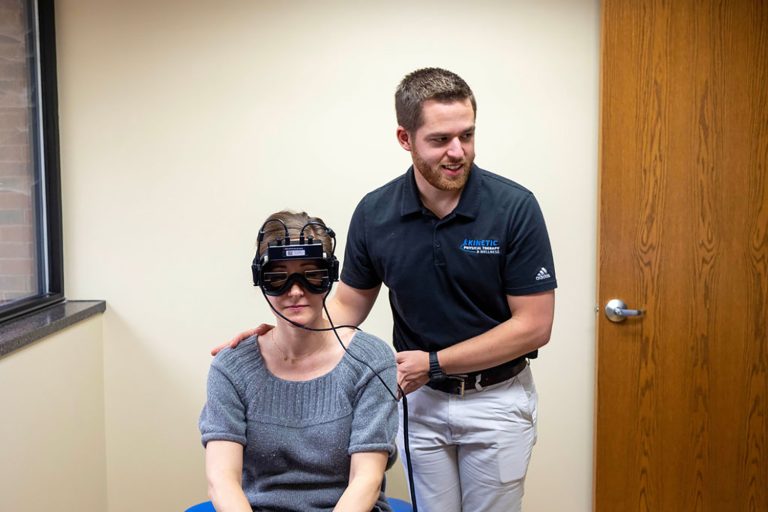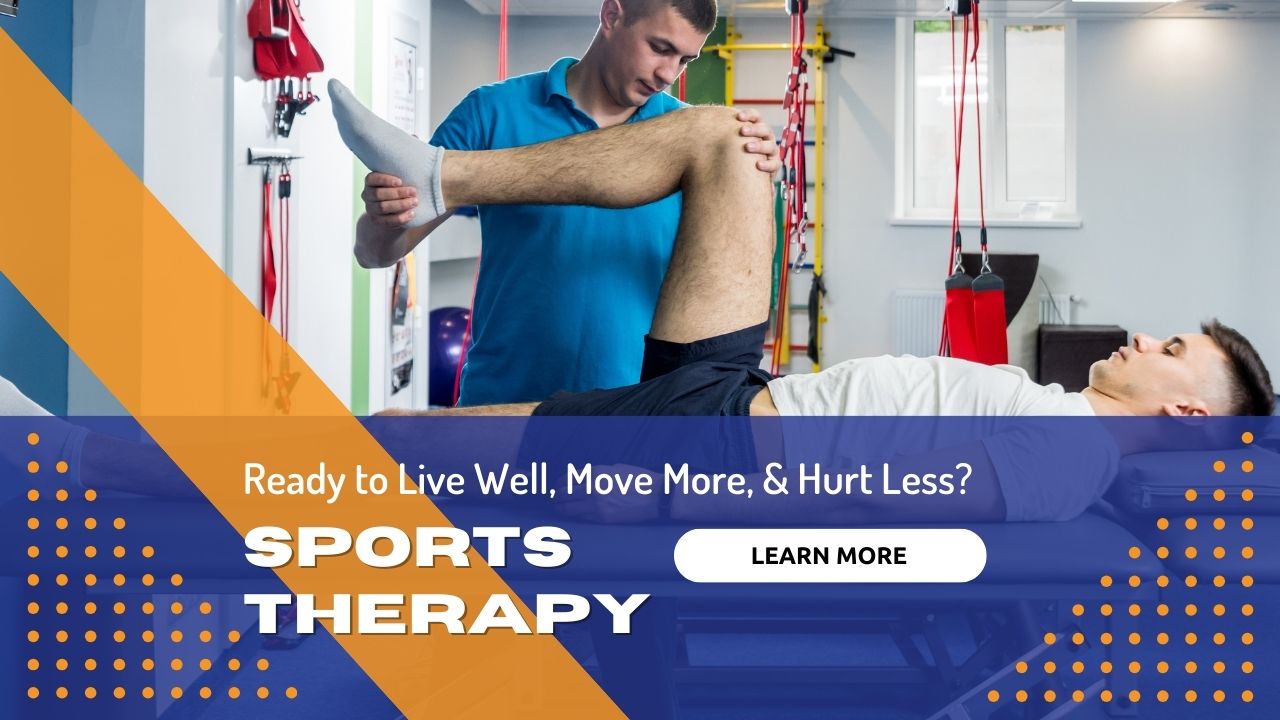

The Way To Prevent ACL Injuries
High school athletes account for about 2 million injuries and around a half-million doctor visits each year according to the CDC, but few of these injuries are as costly to a student-athlete and his or her family that a torn ACL.
An ACL tear in the knee will often lead to surgery and months of rehabilitation. Often, I’ll see many of these student-athletes during post-surgery rehabilitation, but I’d much rather see them before that – when our goal is preventing this all-too common injury from happening in the first place.”
One of four major ligaments in the knee, the anterior cruciate ligament (ACL) is a band of tissue that connects the thigh bone to the shin bone. An estimated 200,000 ACL injuries are reported in the U.S. each year, most commonly among athletes.
According to studies, women and girls are most susceptible to an ACL injury on the soccer pitch, while men and boys are more likely to experience an ACL injury while playing football. Despite occurring so often within aggressive contact sports, most ACL tears are non-contact injuries.
You have a student athlete plant their foot to quickly change direction, then bam, the ACL tears. Basically, their knee turns one way and their body goes the other. You’ll see this in soccer and football, but also sports like basketball, gymnastics, skiing, and so on.
Over the years our physical therapy team at Kinetic Physical Therapy & Wellness have worked with countless athletes post-surgery whose rehabilitation has led to successful outcomes. But we would rather stress the importance of taking steps to prevent such injuries from happening in the first place.
Here are four things to consider for athletes of all ages:
Stretching: The flexibility of hamstrings, quads and gluteal muscles is beneficial in preventing knee injuries.
Strength: Having not just strong, but also balanced muscle integrity, especially in the hips and thighs, can put an athlete on a good track toward preventing such injuries to the knees.
A Good Warm-Up: It’s well-known that the lack of a good warmup can lead to injury, and this is certainly the case with ACL injuries. Without the right amount of blood flow, the muscles can’t react quickly enough when an athlete cuts of pivots, opening the door to injury. In particular, we are a big fan of and teach the PEP program for prevention of ACL injuries.
Exercise Balance: In terms of exercise, it’s important athletes focus on all aspects of training: strength, endurance and flexibility. Remember to move in more than just straight lines. Cutting and change of directions is critical for training. Focusing on all three equally creates optimal stability in your body.
Physical therapists are specifically trained to identify weaknesses and imbalances in the body, then correct them with an eye toward both injury prevention and optimal athletic performance. If you are already having knee pain or have had an injury in the past, make sure you don’t wait until it’s too late to have a PT evaluate your movement.
Please Share
categories
Recent Posts
categories

The Way To Prevent ACL Injuries
High school athletes account for about 2 million injuries and around a half-million doctor visits each year according to the CDC, but few of these injuries are as costly to a student-athlete and his or her family that a torn ACL.
An ACL tear in the knee will often lead to surgery and months of rehabilitation. Often, I’ll see many of these student-athletes during post-surgery rehabilitation, but I’d much rather see them before that – when our goal is preventing this all-too common injury from happening in the first place.”
One of four major ligaments in the knee, the anterior cruciate ligament (ACL) is a band of tissue that connects the thigh bone to the shin bone. An estimated 200,000 ACL injuries are reported in the U.S. each year, most commonly among athletes.
According to studies, women and girls are most susceptible to an ACL injury on the soccer pitch, while men and boys are more likely to experience an ACL injury while playing football. Despite occurring so often within aggressive contact sports, most ACL tears are non-contact injuries.
You have a student athlete plant their foot to quickly change direction, then bam, the ACL tears. Basically, their knee turns one way and their body goes the other. You’ll see this in soccer and football, but also sports like basketball, gymnastics, skiing, and so on.
Over the years our physical therapy team at Kinetic Physical Therapy & Wellness have worked with countless athletes post-surgery whose rehabilitation has led to successful outcomes. But we would rather stress the importance of taking steps to prevent such injuries from happening in the first place.
Here are four things to consider for athletes of all ages:
Stretching: The flexibility of hamstrings, quads and gluteal muscles is beneficial in preventing knee injuries.
Strength: Having not just strong, but also balanced muscle integrity, especially in the hips and thighs, can put an athlete on a good track toward preventing such injuries to the knees.
A Good Warm-Up: It’s well-known that the lack of a good warmup can lead to injury, and this is certainly the case with ACL injuries. Without the right amount of blood flow, the muscles can’t react quickly enough when an athlete cuts of pivots, opening the door to injury. In particular, we are a big fan of and teach the PEP program for prevention of ACL injuries.
Exercise Balance: In terms of exercise, it’s important athletes focus on all aspects of training: strength, endurance and flexibility. Remember to move in more than just straight lines. Cutting and change of directions is critical for training. Focusing on all three equally creates optimal stability in your body.
Physical therapists are specifically trained to identify weaknesses and imbalances in the body, then correct them with an eye toward both injury prevention and optimal athletic performance. If you are already having knee pain or have had an injury in the past, make sure you don’t wait until it’s too late to have a PT evaluate your movement.
Please Share









